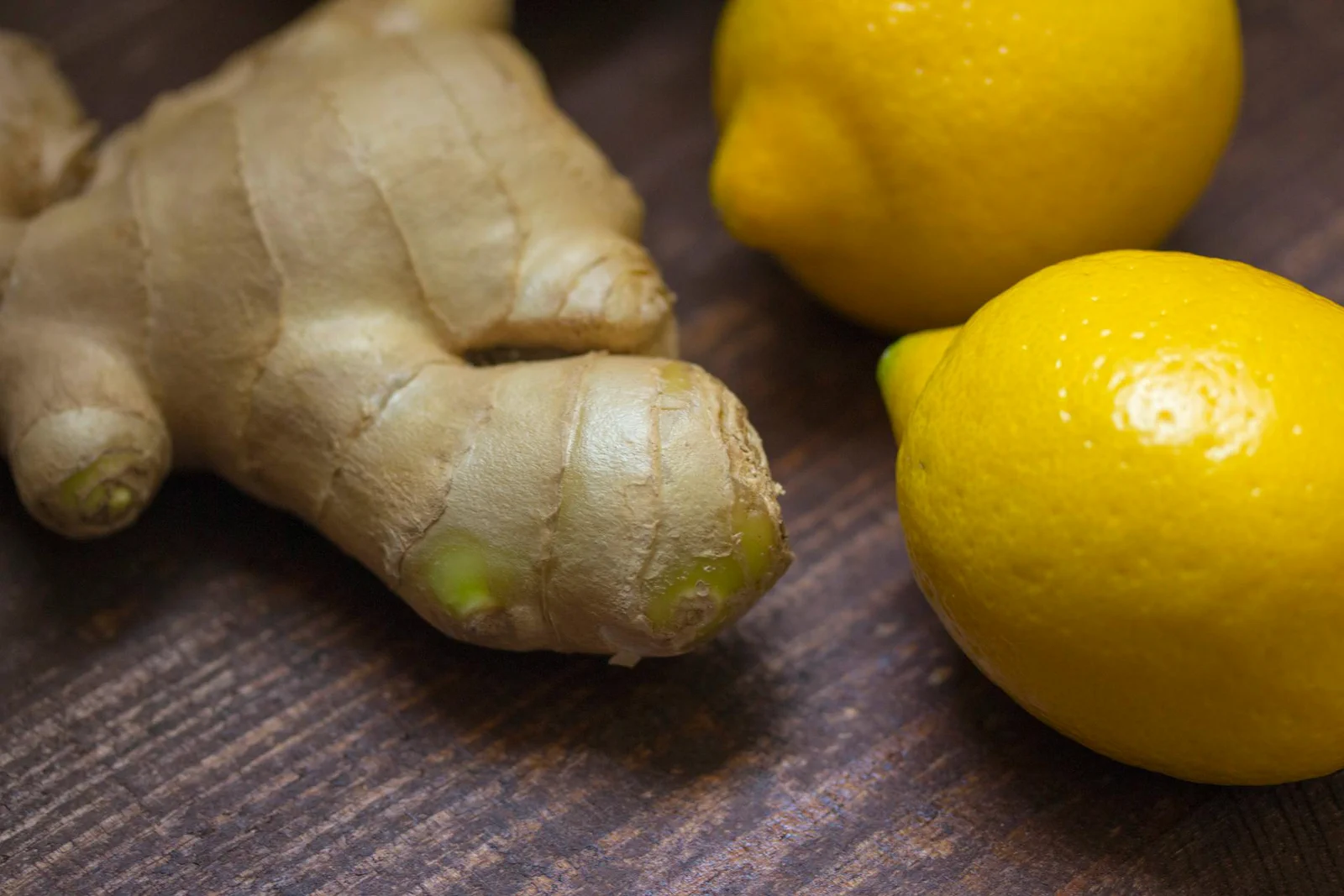
Cultivating Ginger: Your Complete Guide to Profitable Farming
Ginger cultivation presents exceptional opportunities for profitable farming, combining growing market demand with relatively straightforward agricultural techniques. This comprehensive guide explores every aspect of successful ginger farming, from soil preparation to market optimization.
Understanding Ginger as a Commercial Crop
Ginger (Zingiber officinale) offers attractive profit margins due to consistent global demand for culinary, medicinal, and industrial applications. The crop’s perennial nature and multiple harvest potential create sustainable income streams for dedicated farmers.
Market Demand Analysis
Global ginger consumption continues rising due to increased awareness of health benefits, culinary diversity, and industrial applications in food processing and pharmaceuticals.
Profitability Factors
- High market value per kilogram
- Multiple harvest cycles per planting
- Diverse market applications
- Growing organic and premium segments
Soil and Climate Requirements
Optimal Growing Conditions
Ginger thrives in well-drained, fertile loam soils with pH levels between 5.5 and 6.5. Adequate drainage prevents waterlogging that can cause rhizome rot and crop failure.
Climate Specifications:
- Temperature range: 20-30°C (68-86°F)
- Annual rainfall: 1500-3000mm
- Humidity: 60-90%
- Partial shade tolerance
Soil Preparation Techniques
Deep plowing, organic matter incorporation, and proper drainage installation create ideal growing environments that maximize yield potential and quality.
Seed Selection and Procurement
Quality Seed Rhizomes
Select disease-free, well-developed rhizomes from reliable suppliers or previous harvests. Quality seed material determines crop success and profitability outcomes.
Seed Treatment Protocols
Pre-planting treatments including fungicide application and germination enhancement techniques reduce disease risks and improve establishment rates.
Planting and Cultivation Practices
Optimal Planting Timing
Plant ginger during favorable weather conditions, typically at the onset of rainy seasons or when irrigation systems can provide consistent moisture.
Spacing and Layout
Proper plant spacing (20cm x 30cm typical) optimizes yield per area while ensuring adequate air circulation and sunlight penetration.
Planting Depth and Techniques
Plant rhizomes at 3-5cm depth with growing buds facing upward to ensure proper emergence and development.
Irrigation and Water Management
Water Requirements
Ginger requires consistent moisture throughout the growing season, with careful attention to drainage to prevent waterlogging and root rot.
Irrigation Systems
Drip irrigation systems provide efficient water delivery while minimizing disease risks associated with overhead watering methods.
Water Schedule Management
Maintain soil moisture at 60-70% field capacity during active growth periods, reducing irrigation before harvest to prevent rhizome deterioration.
Fertilization and Nutrition Management
Nutritional Requirements
Ginger requires balanced nutrition with emphasis on organic matter, nitrogen for vegetative growth, and potassium for rhizome development.
Fertilization Schedule:
- Pre-planting organic matter incorporation
- Nitrogen application during vegetative growth
- Potassium and phosphorus during rhizome formation
- Micronutrient supplementation as needed
Organic vs. Conventional Approaches
Organic cultivation methods often command premium prices while building long-term soil health and sustainability.
Pest and Disease Management
Common Pests
Shoot borers, scale insects, and nematodes can significantly impact yields without proper integrated pest management strategies.
Disease Prevention
Bacterial wilt, rhizome rot, and leaf spot diseases require preventive measures including crop rotation, sanitation, and resistant varieties.
Integrated Management Strategies
Combine biological controls, cultural practices, and selective chemical treatments for comprehensive pest and disease management.
Harvesting and Post-Harvest Handling
Harvest Timing
Harvest timing depends on intended use—young ginger for fresh markets (6-8 months) or mature rhizomes for processing and storage (10-12 months).
Harvesting Techniques
Careful manual harvesting preserves rhizome quality while minimizing damage that reduces market value and storage life.
Cleaning and Curing
Proper cleaning, curing, and drying techniques prepare ginger for various market channels while maximizing shelf life and quality.
Value Addition and Processing
Fresh Market Preparation
Washing, grading, and packaging fresh ginger for direct market sales or retail distribution channels.
Processing Opportunities
Dried ginger powder, pickled ginger, ginger oil extraction, and other value-added products increase profit margins significantly.
Quality Standards
Understanding market quality requirements ensures products meet buyer specifications and command premium prices.
Marketing and Sales Strategies
Market Channel Analysis
Direct sales, wholesale markets, processing companies, and export opportunities offer different profit margins and requirements.
Pricing Strategies
Monitor market prices, quality premiums, and seasonal variations to optimize timing and pricing for maximum returns.
Relationship Building
Develop relationships with buyers, processors, and distributors to create stable market channels and reduce marketing risks.
Financial Planning and Business Management
Cost Analysis
Track production costs including seeds, fertilizers, labor, and overhead to determine profit margins and optimize operations.
Investment Requirements
Calculate initial investment needs for land preparation, planting materials, infrastructure, and working capital requirements.
Risk Management
Crop insurance, diversification strategies, and financial planning help manage agricultural and market risks.
Scaling and Expansion Strategies
Gradual Expansion
Start with manageable acreage to develop skills and market relationships before scaling to larger commercial operations.
Mechanization Opportunities
Identify appropriate mechanization options that improve efficiency while maintaining quality standards.
Cooperative Approaches
Farmer cooperatives can provide shared resources, bulk purchasing power, and collective marketing advantages.
Sustainability and Environmental Considerations
Sustainable Practices
Implement practices that maintain soil health, conserve water, and minimize environmental impact for long-term viability.
Certification Opportunities
Organic certification and sustainable farming certifications can open premium market channels and command higher prices.
Common Challenges and Solutions
Technical Challenges
Disease management, irrigation timing, and harvest optimization require continuous learning and adaptation.
Market Challenges
Price fluctuations, quality requirements, and buyer relationships need ongoing attention and strategic planning.
Future Trends and Opportunities
Market Growth Projections
Increasing health consciousness and culinary diversity drive continued demand growth for quality ginger products.
Technology Integration
GPS-guided farming, soil sensors, and precision agriculture technologies offer opportunities for efficiency improvements.
Conclusion
Profitable ginger cultivation requires combining sound agricultural practices with smart business strategies. Success depends on attention to quality, market understanding, and continuous improvement in both farming techniques and business operations.
The ginger market offers excellent opportunities for dedicated farmers willing to invest time and resources in learning proper cultivation techniques and developing market relationships. With careful planning, quality focus, and strategic marketing, ginger farming can provide sustainable and profitable agricultural businesses.
Start small, focus on quality, and build market relationships to create the foundation for successful ginger cultivation enterprises that can grow and prosper over time.